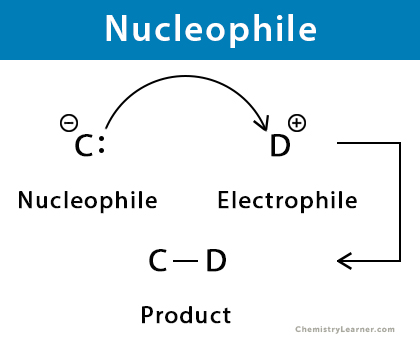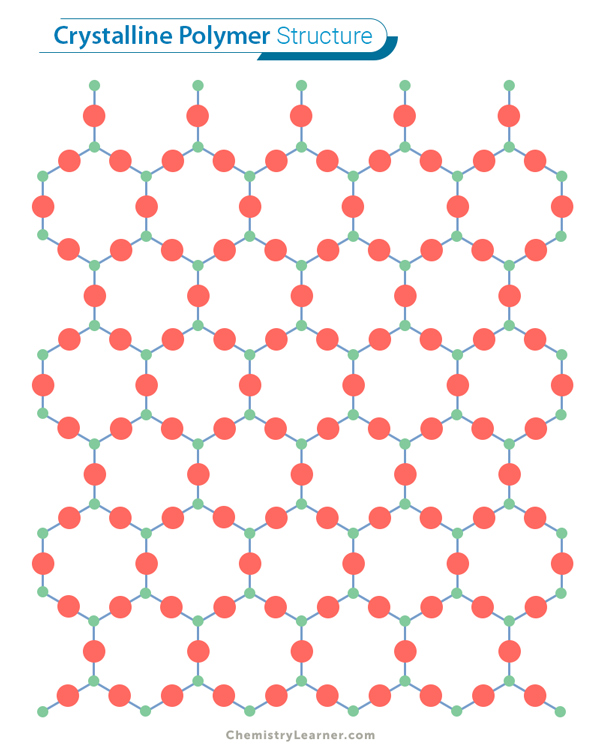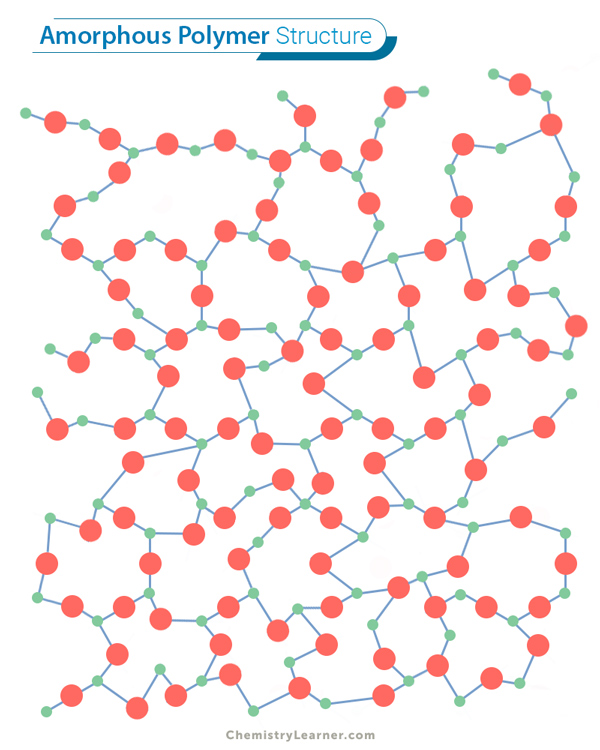Nucleophile
What is a Nucleophile
A nucleophile is a reagent consisting of an atom, ion, or molecule that donates electron pair to form a bond. It is an electron-rich species that can be negatively charged or neutral with available electrons. A nucleophile reacts with an electrophile by donating electrons to form the bond [1-5].
Nucleophilic Reactions – What is a Nucleophilic Attack
Nucleophile participates in chemical reactions with other substances through addition and substitution mechanisms. When a nucleophile reacts with a reactant, the process is known as a nucleophilic attack.
In the case of a nucleophilic addition reaction, the nucleophile is added to the reactant at a deficient site in electrons.
In the nucleophilic substitution reaction, a functional group from the reactant, known as leaving group, is replaced by the attacking nucleophile. There are two standard nucleophilic substitution reactions – SN1 reaction and SN2 reaction.
Ambident Nucleophile
An ambident nucleophile is one that can attack a reagent from two or more different sites. A consequence of this attack is the formation of multiple products.
Nucleophile Examples
Here is a list of some common nucleophiles:
- Simple anions that can give up a lone pair of electrons – O2-, Cl–, F–, and H–
- Anionic species containing a lone pair of electrons – OH–, CN–, CH3–, and SO42-
- Molecules with an extra pair or pairs of electrons – H2O, NH3, and C(CH3)Cl
- Electron-rich pi system – benzene (C6H6), ethylene (C2H4), and ethyne (C2H2)
Nucleophile Chart [3]
| Neutral Nucleophile | Charged Nucleophile |
|---|---|
| H2O | RO– and –OH |
| NH3 | –NH2, RN–H, and R2N– |
| RNH2, R2NH, and R3N | HS– and RS– |
| ROH | R3C– |
| RCOOH | Cl–, Br–, I–, F– |
| RSH | CN– |
| PR3 | RCO2– |
What Makes a Good Nucleophile: Strong and Weak Nucleophiles [1,5]
How to tell the strength of a nucleophile
The strength of a nucleophile is given by its nucleophilicity, which is its ability to donate electrons. A nucleophile with electrons available for bonding is a good nucleophile. Therefore, a negatively charged species has extra electrons that it can donate to obtain stability. On the other hand, a nucleophile that does not easily give away its electrons is a weak nucleophile.
How to determine the nucleophilicity trend
Across a row in a periodic table, the nucleophilicity decreases since the electronegativity increases. For example, C–>N–>O–>F–. The reason is that the higher the electronegativity, the tighter will the electron will be bounded to the atom, and hence, will not be available for bonding. The carbon nucleophile, with its relatively lower electronegativity, has the highest nucleophilicity.
Species with higher electron density will make a good nucleophile. An anion will be a better nucleophile than a neutral atom. For example, HO–>H2O.
Going down a group in the periodic table, an increase in polarization of the nucleophile due to increased electron density increases the ability to form new bonds. Hence, nucleophilicity increases. For example, F–<Cl–<Br–<I–. However, in the presence of an aprotic solvent, the effect is quite different. There is an inversion in the reactivity order. Now, the F– is more reactive than I–.
Sometimes the presence of an electron-withdrawing group reduces the nucleophilicity. For example, morpholine (O(CH2)4NH) is less nucleophilic than piperidine ((CH2)5NH).
Here is a chart showing nucleophiles from strongest to weakest:
Ranking of Nucleophiles According to their Strength [3,6]
| Type of nucleophile | Examples |
|---|---|
| Very Good | HS–, I–, and RS– |
| Good | Br–, HO–, RO–, CN–, and N3–, |
| Fair | NH3, Cl–, F–, and RCO2– |
| Weak | H2O and ROH |
| Very weak | RCO2H |
Nucleophilicity vs. Basicity
Both nucleophilicity and basicity are properties of nucleophiles. Basicity is a subset of nucleophilicity. All nucleophiles are Lewis bases, but not all Lewis bases are nucleophiles. When a nucleophile donates an electron pair to a proton (H+), it is known as the Brønsted base. The following table illustrates the difference between a base a nucleophile.
| Nucleophilicity | Basicity |
|---|---|
| Nucleophile attacks any atom other than hydrogen, like carbon (C). | Nucleophile donates a pair of electrons to a proton (H+). |
| Nucleophilic attacks are irreversible. | Basicity is an equilibrium effect. It is based on acid-base equilibrium and depends on the equilibrium constant. |
| Nucleophilicity is a kinetic concept. | Basicity is a thermodynamic concept. |

FAQs
Ans. No. Acetone is a poor nucleophile.
Ans. H2S is a good nucleophile since S is less electronegative and H2S is easily polarizable. Thiols (SH–) are very good nucleophiles.
Ans. Yes. Methoxide is a good nucleophile.
Ans. Alcohol is both nucleophile and electrophile. The O in alcohol is rich in electrons, thus making ROH nucleophile. When the alcohol is protonated, it acts as an electrophile.
Ans. Aldehydes are more reactive to nucleophiles because they do not offer any steric hindrance.






